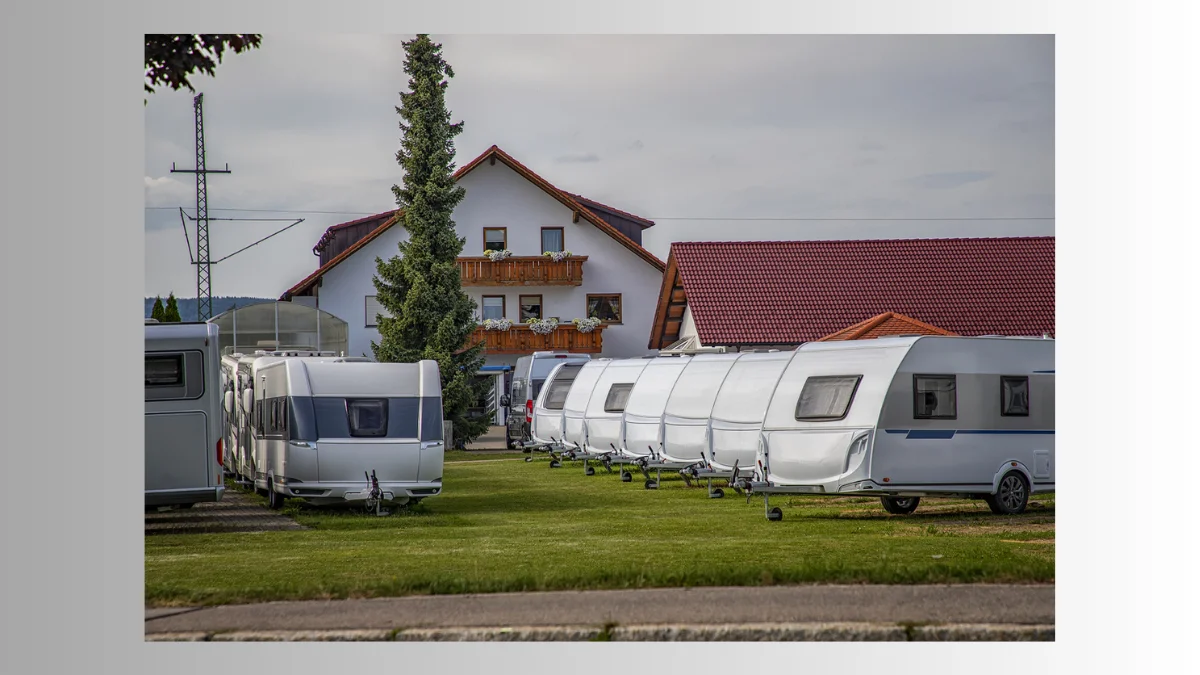Introduction:
Recreational Vehicles (RVs) have become synonymous with adventure and freedom on the open road. Whether it’s a motorhome, camper van, or travel trailer, RV enthusiasts understand the importance of proper storage when the journey comes to a temporary halt. RV storage is a critical aspect of ownership, ensuring that these mobile homes on wheels remain in optimal condition between road trips. In this comprehensive guide, we will delve into the various facets of RV storage, from choosing the right storage facility to implementing effective maintenance practices.
Choosing the Right RV Storage:
- Outdoor vs. Indoor Storage:
- Outdoor storage is generally more affordable, but it exposes the RV to the elements, increasing the risk of weather-related damage.
- Indoor storage, on the other hand, provides greater protection against the elements, safeguarding the RV from harsh weather conditions.
- Covered Storage:
- Some facilities offer covered storage, providing partial protection against the elements while being more cost-effective than indoor storage.
- Security Features:
- Look for storage facilities with robust security features, such as gated access, surveillance cameras, and on-site personnel. This ensures the safety of your RV when it’s not in use.
- Accessibility:
- Consider the accessibility of the RV storage in Seguin Tx. Easy access makes it convenient for owners to retrieve their RVs for spontaneous trips or routine maintenance.
Maintenance Tips for RV Storage:
- Clean and Prep:
- Thoroughly clean the interior and exterior of the RV before storing it. Remove any perishable items, and ensure that all surfaces are dry to prevent mold and mildew.
- Engine Care:
- Follow the manufacturer’s guidelines for preparing the engine for storage. This may include stabilizing the fuel, changing the oil, and disconnecting the battery.
- Tire Maintenance:
- Inflate the tires to the recommended pressure to prevent flat spots. Consider using tire covers to shield them from UV rays, which can cause premature deterioration.
- RV Cover:
- Invest in a high-quality RV cover to protect the exterior from sun exposure, bird droppings, and other environmental factors.
- Interior Protection:
- Use moisture absorbers inside the RV to prevent humidity buildup, which can lead to mold growth. Open cabinets and drawers slightly to promote air circulation.
- Rodent Prevention:
- Seal any openings where rodents could enter the RV. Place rodent traps or deterrents inside to avoid unwelcome guests during storage.
Regular Checkups:
- Scheduled Inspections:
- Visit the storage facility periodically to inspect your RV. Check for any signs of damage, leaks, or unwanted guests.
- Start the Engine:
- If feasible, start the engine and run the generator periodically to ensure all systems remain in working order.
Conclusion:
Proper RV storage is essential for preserving the longevity and performance of these beloved vehicles. By selecting the right storage facility and implementing a comprehensive maintenance routine, RV owners can ensure that their homes on wheels are ready for the next adventure. Whether it’s a weekend getaway or an extended road trip, a well-maintained and properly stored RV is the key to a worry-free travel experience.
5 FAQS
- What are the advantages of indoor RV storage over outdoor storage?
- Indoor RV storage offers superior protection against the elements, safeguarding your vehicle from harsh weather conditions, UV rays, and potential damage. While it tends to be more expensive than outdoor storage, the added protection can significantly extend the lifespan of your RV.
- How should I prepare my RV for storage?
- Proper RV storage preparation includes thorough cleaning, both inside and outside, engine care, tire maintenance, and interior protection. It’s crucial to follow the manufacturer’s guidelines for specific storage preparations, such as stabilizing the fuel, changing the oil, and disconnecting the battery.
- Are there any specific security features I should look for in an RV storage facility?
- When choosing an RV storage facility, prioritize those with robust security features. Gated access, surveillance cameras, and on-site personnel enhance the security of your RV during storage. Ensuring the safety of your investment is a critical consideration in selecting the right storage option.
- How often should I check on my RV during storage?
- Regular inspections are advisable to catch any issues early. Periodically visit the storage facility to check for signs of damage, leaks, or unwanted guests. Additionally, starting the engine and running the generator occasionally helps maintain the functionality of various systems.
- Do I need an RV cover, and what should I look for in a quality cover?
- Investing in a high-quality RV cover is recommended to protect the exterior from sun exposure, bird droppings, and other environmental factors. Look for a cover made from durable, breathable materials that resist UV rays. Ensure it fits your RV snugly and has proper ventilation to prevent moisture buildup.











